Your Child Will Learn
Counting up to 10 with one-to-one correspondence, even when the items being counted look different
Here’s What to Do
- Gather 10 small household objects to count (examples: hair clips, blocks, toothpicks). Place them on a surface in a few straight lines.
- Ask your child to count them. Do they count each object only once and end up with the correct total?
- Ask your child to cover their eyes, then move the objects into a different arrangement (like a circle, straight line, or a messy cluster). Ask them to count again. Do they still end up with the right amount?
- Repeat with different arrangements and/or different amounts of objects.
Put PEER Into Action
PAUSE
- “Let’s sit down and take a deep breath before we begin.”
ENGAGE
- “How many blocks are there?”
- “Close your eyes while I mix them up…How many blocks are there now?”
ENCOURAGE
- It can be tempting to help your child count, but try to let them do it on their own (even if they get it wrong). Mistakes help them build their brain!
- If your child is struggling to get the correct total, ask them to count out loud as you point to each item.
REFLECT
- What was easy about this game? What was tricky?
Not Quite Ready
Play the same game with 5 objects instead of 10.
Ready for More
Play the same game with 20 objects instead of 10.
As Your Child Masters This Skill
They will be able to count 10 objects accurately no matter how they are arranged.
Time to Complete
10-15 minutes
Materials Needed
10 small household objects to count (examples: hair clips, blocks, toothpicks).
